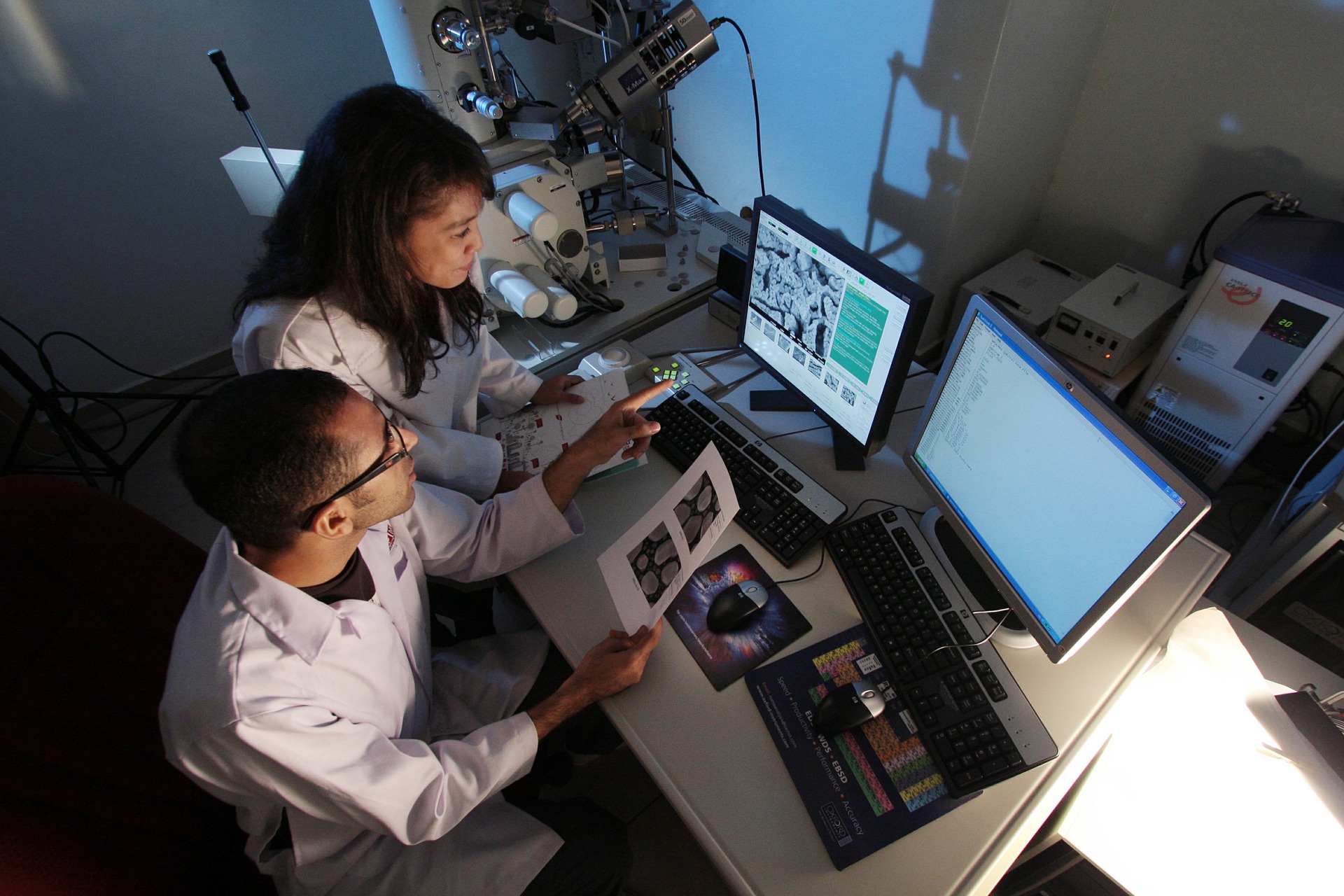Diabetic foot sequalae incurs a significant economic burden with substantial morbidity and mortality implications for patients. Establishing effective limb salvage techniques such as transmetatarsal amputation (TMA) is essential to offer viable alternatives to major limb amputation in severe foot infection, where outcomes are variable and mortality rates high.
Highlights
- •
TMA has favourable healing and mortality rates with low incidence of revision surgery.
- •
Skilful surgical technique and effective peri-operative medical management are key for success.
- •
Localised antibiotics and negative pressure wound therapy may improve TMA outcomes.
- •
Ongoing community care and monitoring are essential for long-term successful outcomes.
Methods
A retrospective review of outcomes was performed on patients who underwent TMA at a single United Kingdom hospital between 2005–2017. Healing rate and time to healing, mortality, duration of hospital admission and incidence of revision surgery was evaluated.
Forty-seven patients had 54 TMA’s by the Podiatric Surgery team. Data was assessed for Mean (SD) and Median. The impact of co-morbidities was considered and the perioperative and surgical management reviewed to identify techniques, which may improve outcomes.
Results
A 78% healing rate was achieved. Six patients (11%) died before healing. The remaining 11% did not heal and resulted in major limb amputation. No further surgery to the same foot was required after the TMA healed.
A Median healing time of 83 days was identified and the Median duration of hospital admission was 24 days. Adjunctive wound care products may to have a positive impact on these factors.
Five-year mortality was 43%, and demonstrated an association with renal and/or vascular pathology. All patients had diabetes, with many also having Peripheral Vascular Disease (PVD). Almost all TMA’s failing to heal had PVD. The presence and severity of renal disease also seemed to have a negative impact on wound healing.
Conclusion
Positive healing and mortality rates with low need for revision surgery support TMA to be an effective alternative to major limb amputation. Adjunctive agents may have a positive impact on wound healing and length of hospital admission. Skilled surgical technique and multidisciplinary work is essential for positive long-term outcomes and cost-effective care.
